Riddle: What does a bridge and an egg have in common?
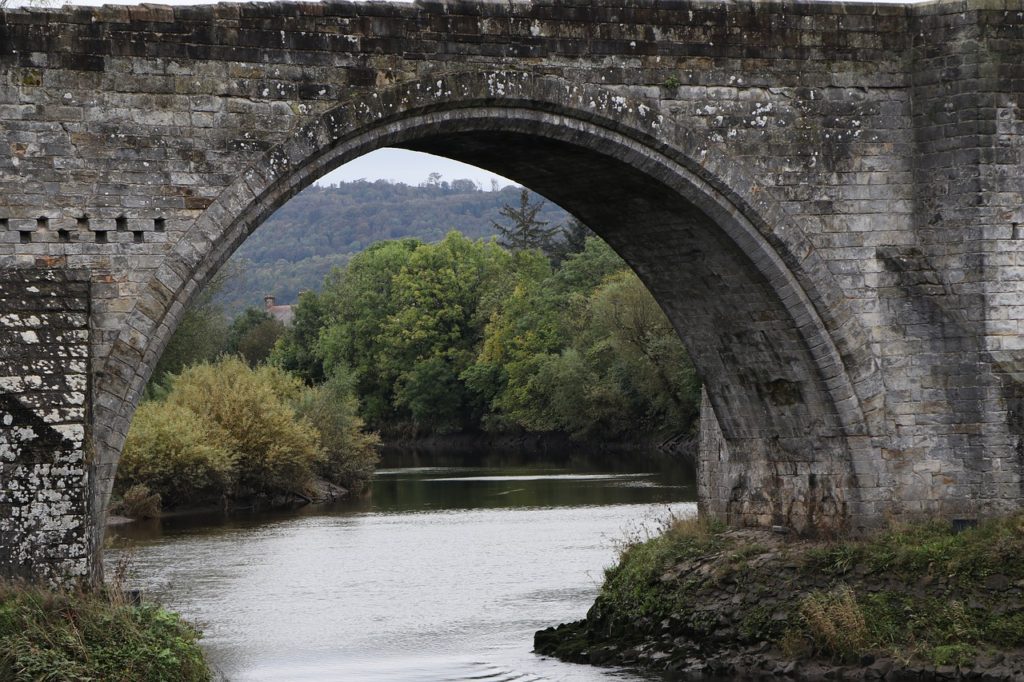
Answer: Strength!
The above is a picture of a 600-year old medieval stone bridge found in Scotland. It has seen a lot of history! But will it tell us the secret of the egg?
The Secret of the Egg
Let’s pretend. Imagine, the year is 1500. The bridge is bustling with traffic – not the honking-kind but rather the mooing, clucking-kind. In the middle of all this hub-bub are two large oxen pulling a heavy cart of potatoes. Their master keeps them in-line and they plod along, ever so s-l-o-w-l-y over the bridge, and onto the market.
This bridge has survived 600-years of traffic, weather elements, and wars. I think we can all agree that it is a very well-made bridge – thanks to the arch, which has been around lot longer than 600-years! The arch is an extremely strong engineering feature because it can distribute weight equally.
If it wasn’t for the arch, the two oxen and their cart would have crushed the bridge and all the potatoes would have floated away! Which leads me to ask, “Can an ox swim?”
Besides strength, what does this bridge have to do with the secret of the egg? Let’s find out!
Supplies for All Labs
- Eggs (Bet that didn’t come as a surprise!)
- Two empty egg cartons
- Wax Paper – but only if there is a nervous parent present.
- 6 empty half-dome shells
- Books – Many books
Lab 1
Are you or the egg stronger?
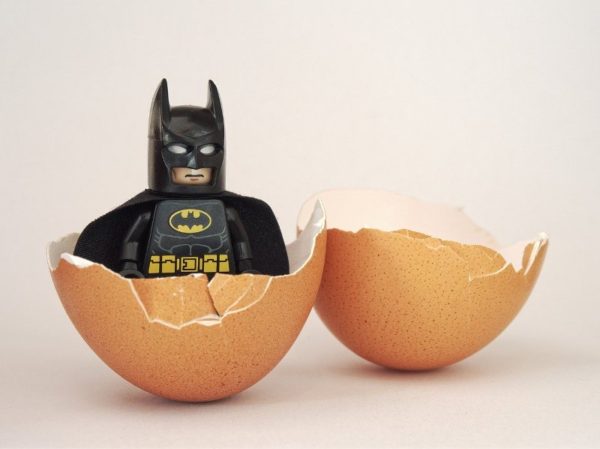
Let’s jump right into the first lab.
- Look carefully at the egg, making sure there are no cracks or fractures.
- Remove any rings or jewelry that might get in the way.
- Work over a sink.
Take an egg and hold it over the sink. If you have a really nervous parent you might wrap the egg, gently, in saran wrap or a zip-lock baggie. On the other hand, science is suppose to be messy, right?
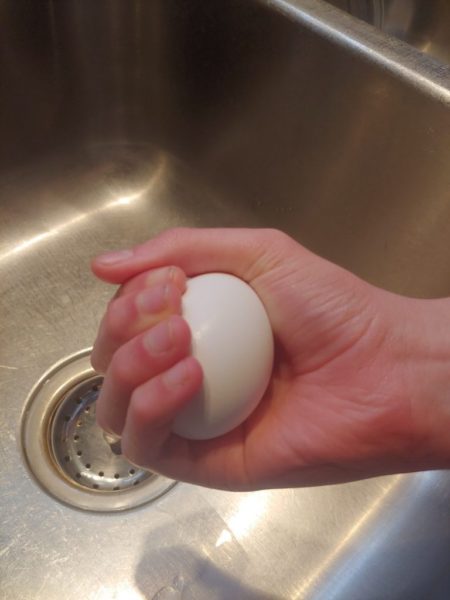
Put the egg in the palm of your hand and, as hard as you can, SQUEEZE! Do you know the secret of the egg, yet?
If you broke the egg, give my apologies to the nervous parent. Try it again!

The Secret to Lab 1
The egg, as long as the pressure runs end to end, will not break, but if if the pressure goes cross-wise, (around the center of the shell) then the thin, fragile shell will crack. This is really important as you will see at the end of the lab.
Did you find that the egg was stronger than you? Like the arch in the bridge, the egg is an amazing piece of natural engineering! It will not break as long as the pressure remains even.
Lab 2
How much weight can an egg hold?
Let’s test the strength of the egg. You might need help with this lab because the edges of the shell needs to be as even as possible. I used some sharp scissors to even them out.
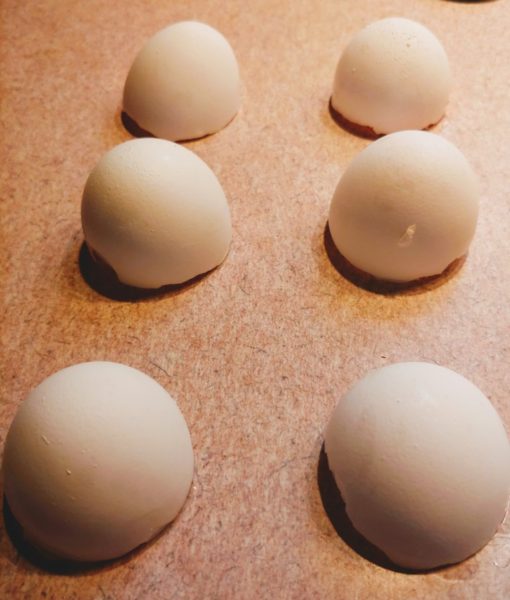
Crack three eggs and keep the raw eggs for breakfast. For this lab, we only want the egg domes. Once you have six halves, pair them up and place them on the counter – or (if nervous parent is looking pale) use wax paper.
Once you have placed the egg domes into two rows, carefully place books on top, a few books at a time. Gently! How many books will the domes hold before smashing into little pieces?
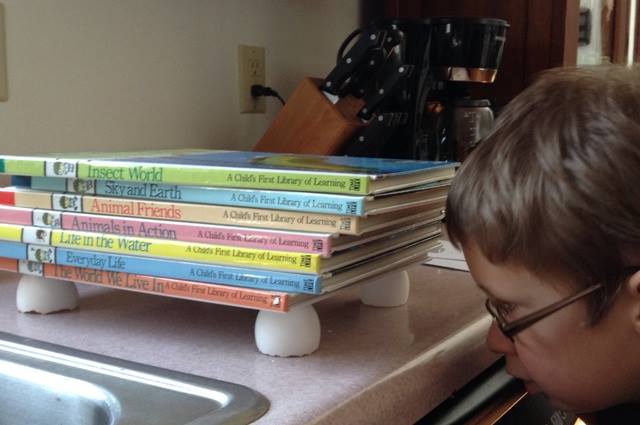
Carefully is the key word! We placed 15.9 pounds of books on top. Can you beat our record? Let us know in the comments below!
Now, can you guess the egg’s secret?
What-if?
This leads us to ask more ‘what-if‘ questions.
What-if the books are all different sizes? Does having the books the same size and volume help distribute the weight more evenly then books of varying sizes? This might be a good ‘what-if’ lab-combination to do with another sibling or friend.
What-if we put six whole eggs in two different cartons and place books on top of the eggs? Will they hold more weight?
Andrew and I acted on this what-if question. Like most of our labs, I just used what was in the house. We managed to place 16.7 pounds of books on the eggs before one egg shifted and cracked. The rest of the eggs were still okay.
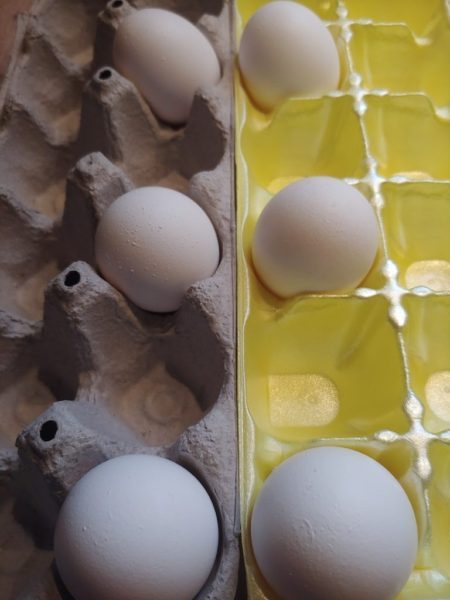
We always try to figure out why our labs might not have worked. During our brainstorming session, we decided that using two different types of egg cartons, each made of a different material, might have been a problem. We will have to try this again when we have two cartons of the same type, OR you try it and report back to us!
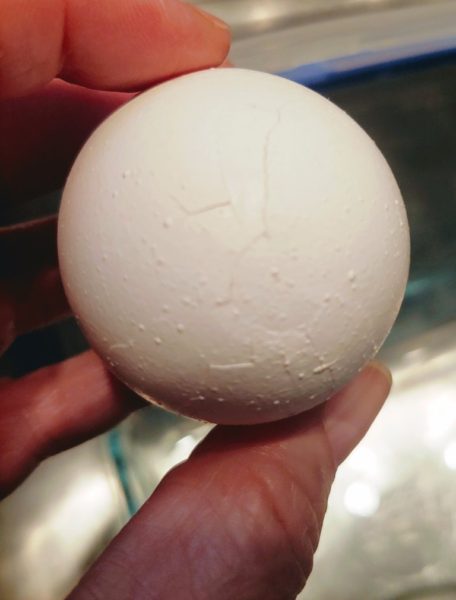
The other issue might have been the way the eggs were sitting. What if all eggs were pointy end up except for the one in the picture that was pointy end down? This fact alone, might have created an uneven distribution of weight.
News Flash! Not all experiments work out, at that point, you have to figure out what went wrong.
Strong yet Fragile
Eggs are so cool! They are strong and fragile at the same time! That’s why you had to place the egg gently in the baggie (provided nervous parent was around) but then squeezed the egg as hard as you could for the lab. Weird, huh?
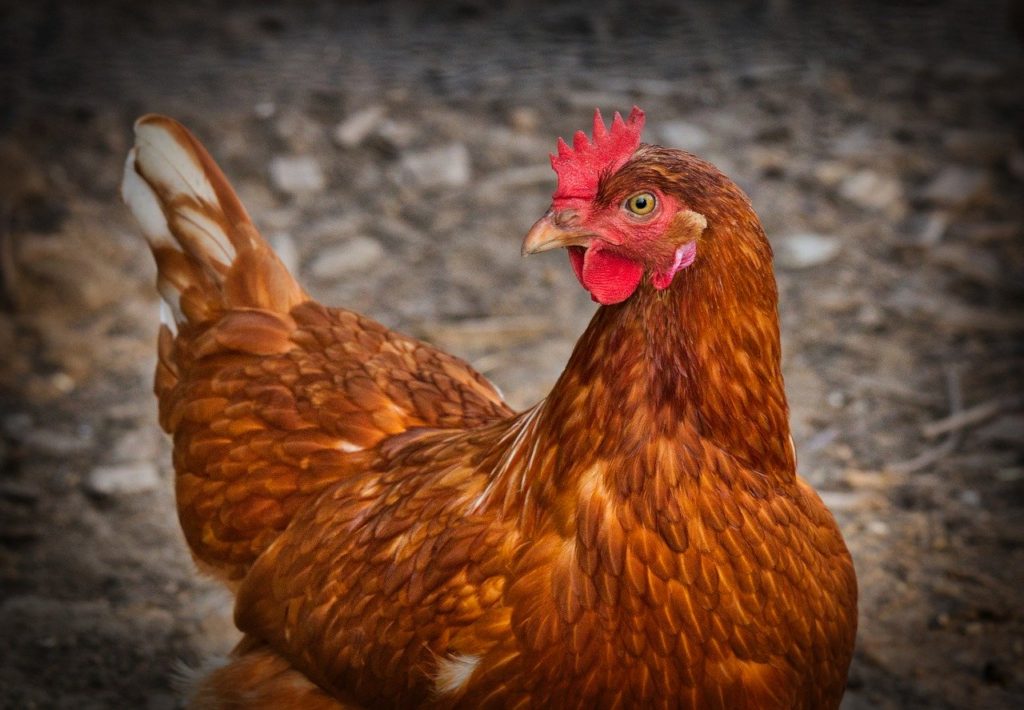
When the hen sits on the egg her weight is evenly distributed. This is the same as squeezing an egg with equal force.
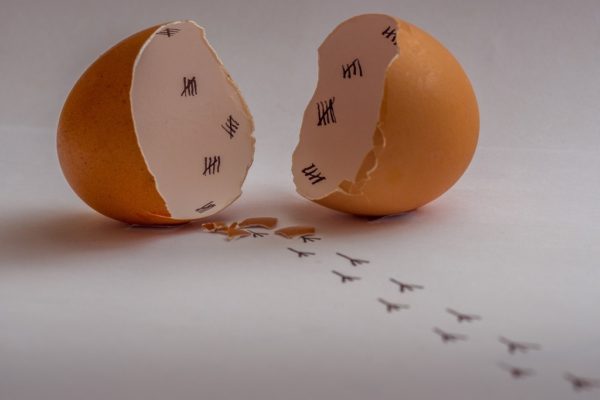
Luckily for the chick, the egg is fragile enough that when force is applied by the chick’s little beak-tooth the egg will crack. This is the same type of uneven force, like cracking the egg on the side of a frying pan — or for those of you who broke the egg, squeezing it across the center line.
What is the secret of the egg?
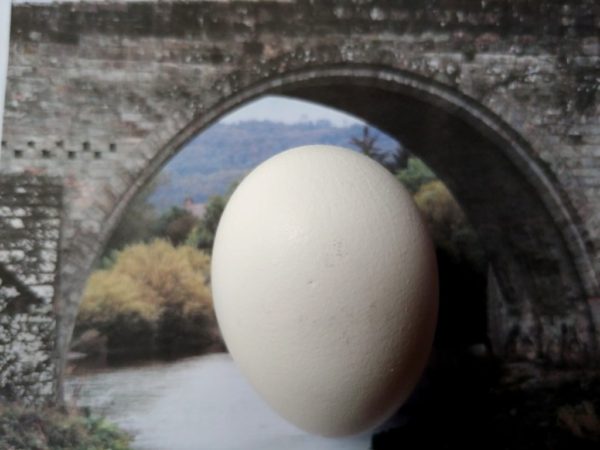
THE SHAPE!
Now, you know the secret of the egg!
What did the bridge have to do with an egg?
The arch used in bridge building is dome shaped just like the egg. The dome shape is what makes both, the egg and the arch, incredibly strong!
April Fools!
SOOOoooo, wanna play a trick on your friend and make them think that you have natural, engineering super powers? Ask them to squeeze the egg as hard as they can, over the sink, of course. If you wear a ring on your hand, you should be able to squeeze the egg and break it by making sure the ring comes into contact with the shell. Look out though, raw egg does splatter and most parents don’t like extra cleaning! But, then again, science should be messy, right?
New to Moving Mountains Daily? Sign up for our monthly newsletter and stay up to date. As a free gift and thank you to our subscribers, we are offering 45 titles of our favorite living books and extra titles every month.
We love to hear about your science labs. Feel free to comment below!


